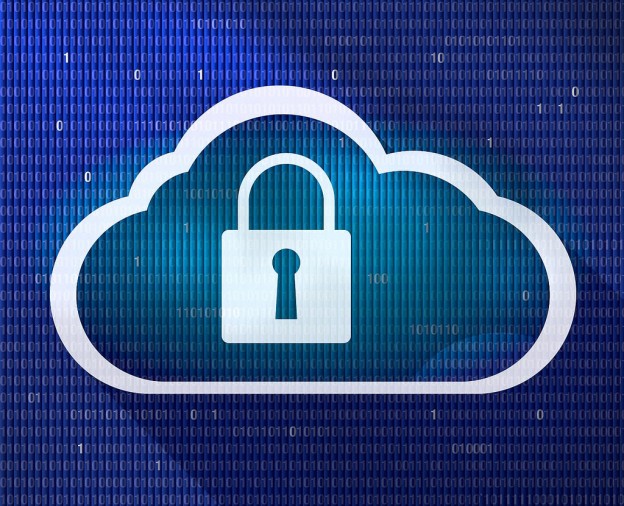Both RPO or Recovery Point Objective and RTO or Recovery Time Objective are key metrics which businesses have to consider when they are making a disaster recovery plan. For any business, a proper disaster recovery strategy is absolutely imperative. It will ensure business continuity when there has been an unexpected disaster or incident. These two terms sound almost similar but they imply different things and it is easy to get confused between them.
Both the RPO and RTO help businesses to determine the number of tolerable hours for data restoration, the frequency of backups and what the recovery process must be. These two parameters together with an analysis of business impact will be essential for identifying and reviewing the viable strategies which one can include for any business continuity plan.
What is the RPO or Recovery Point Objective?
This refers to interval of time in the course of a disruption before the amount of data loss in that period goes past the maximum allowable limits of tolerance which the business continuity plan makes room for. For instance, when the RPO of a company is 20 hours and the last available proper copy of data is from 19 hours after an outage, the business is still inside parameters of the RPO. The RPO is a calculation of maximum tolerable volume of data which may be lost. It will also help businesses understand how much time is allowed between the last data backups and a disaster which will not cause any major damage to your business. So, you will need the RPO in order to perform data backups.
What is the RTO or Recovery Time Objective?
The RTO refers to time duration within which business processes have to be restored post a disaster so as to prevent unacceptable effects resulting from disruption in continuity. So, this metric basically allows you to measure how fast you must recover the infrastructure or services after any disaster so as to maintain business continuity. The RTO can be calculated in terms of the time-period the business can survive after a disaster before normal operations can be restored. When the RTO is 24 hours, it means that your business can maintain its operations for that period of time even without the normal infrastructure. But, in case the data or infrastructure is still not available after 24 hours, it could mean insufferable harm to the business.
What are differences between RPO and RTO?
- The RPO will show the amount of data which will be gone or which must be re-entered when there is a network downtime. But RTO shows the “real time” which can be allowed to pass before disruption starts to impede business operations seriously. The RPO is very important in most cases because you will invariably lose some amount of data whenever there is a disaster. Incidentally, data which has been backed up can also be lost. Most of the businesses will be backing up their data at fixed scheduled intervals, maybe once an hour or once a day or once a week too. The RPO will measure the amount of data which you stand to lose because of some disaster. For instance, if you conduct backups every midnight and disaster strikes at 8am, you are likely to lose 8 hours data. In case your RPO is 24 hours, there is no problem, but if it less than 8 hours, it is going to affect your business.
- The RTO will stand for all your business needs because it measures how long the business is capable of surviving when IT services have been disrupted. In comparison the RPO focuses on data alone. It will only tell you how often you should back up the data and it does not reflect other business IT needs.
- The costs which you must bear to maintain a demanding RTO is likely to be much more than those of granular RPO. The reason for this is that RPO will focus on data but RTO focuses on the whole business infrastructure.
- To meet the RPO goals you will only need to conduct data backups at regular intervals. Such data backup can also be conveniently automated and therefore automatic RPO is easier to deploy. The RTO, in comparison, is much more complex because it deals with restoration of all IT operations. You can never achieve all RTOP goals through an automated process.
- The RPO is also found to be much easier to implement as data usage tends to be consistent and involves fewer variables. Since RTO involves restoring all IT operations, it will be more complex. Incidentally, RTO goals should be in sync with what is achievable by a business. When minimum restore time is set at two hours, you cannot achieve an RTO of one hour. So, administrators should have a proper understanding of speeds of different restorations. It is only then that you can negotiate RTO.
To sum up, both these metrics have to be considered to make a Disaster Recovery plan which is both effective and economical.






 Live Chat
Live Chat